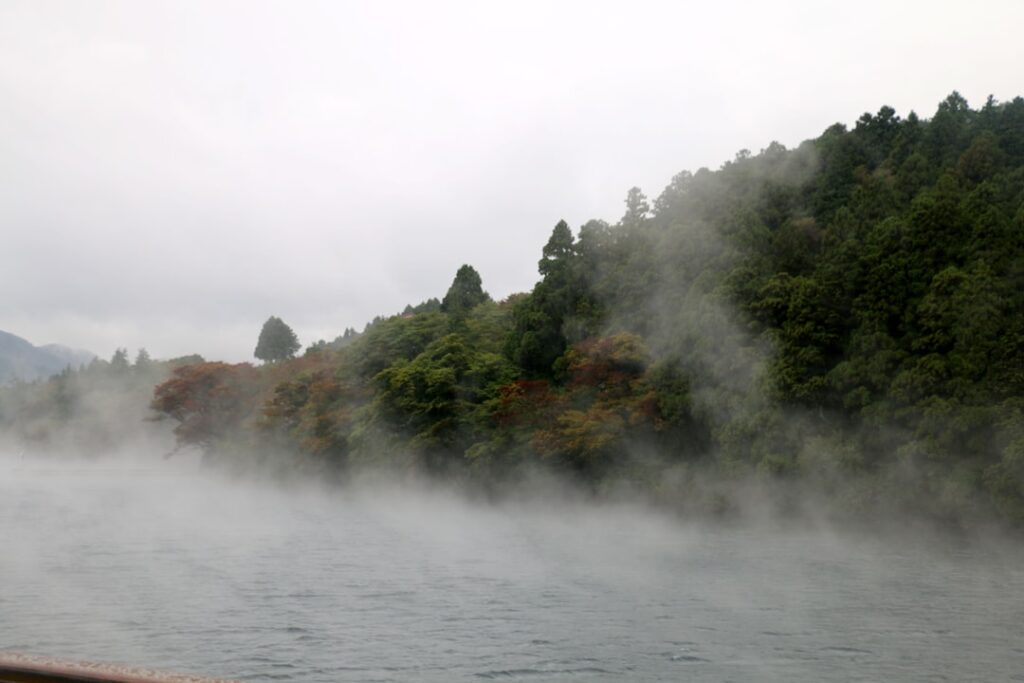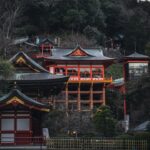Are you craving an escape from the bustle of Japan’s big cities and yearning for something fresh, authentic, and deeply connected to nature? Welcome to the world of Neo-Satoyama—Japan’s latest trend redefining rural travel and immersive, sustainable retreats. This autumn, new-wave countryside escapes in tranquil regions like Tottori and Tokushima are catching a growing number of adventurous travelers’ hearts. From renovated kominka stays and forest bathing to hands-on harvests and the rediscovery of age-old local flavors, a journey through Neo-Satoyama promises experiences far richer than a simple country getaway. Let’s explore how this movement blends tradition and innovation to reveal a Japan few outsiders have ever seen.
What is “Neo-Satoyama”? Blending Heritage Landscapes and Modern Sustainable Retreats
The word “Satoyama” refers to the harmonious borderlands between mountain foothills and agricultural villages, where humans and nature have coexisted in balance for centuries. With the rise of sustainable travel, Satoyama landscapes are experiencing a renaissance. Neo-Satoyama is a new movement: it’s about blending Japan’s traditional rural way of life with contemporary eco-friendly stays, immersive slow tourism, and creative rural revitalization projects. Targeting both global travelers and urban Japanese seeking reconnection with their roots, Neo-Satoyama stays offer a unique chance to experience pristine nature, timeless customs, and genuine hospitality—often in small, carefully renovated guesthouses that emphasize a light carbon footprint and deep community engagement.
Emerging Hotspots: Tottori, Tokushima, and the Hidden Retreats of Rural Japan
While Japan’s better-known travel gems like Kyoto or Hakone draw large crowds year-round, a growing number of wanderers are flocking to lesser-known prefectures such as Tottori and Tokushima. These areas are rapidly gaining traction for their beautifully preserved landscapes, creative eco-lodges, and a range of community-led activities. In Tottori, you may find yourself staying at a minimalist retreat surrounded by misty mountains, with only the sounds of rustling bamboo and distant river trout for company. Tokushima offers hidden ryokan-style sanctuaries and small, family-run farm villas where you can join in traditional indigo dyeing, local crafts, or cycle along rivers lined with fiery maple leaves. Each region prizes authenticity: local guides share insider knowledge, and many “hiding place” accommodations are only accessible via word-of-mouth or special online platforms—giving every visit a sense of discovery.
Kominka Experiences & Local Flavors: Stay in Tradition, Feast with the Community
A highlight of the Neo-Satoyama movement is the chance to stay in a kominka—historic Japanese farmhouses carefully restored with both tradition and comfort in mind. Imagine sliding open old wooden doors to morning views of rice paddies, sleeping under century-old beams, and lounging on tatami mats warmed by wood stoves. Many kominka inns are hosted by multi-generational families or passionate young entrepreneurs rejuvenating rural towns.
The culinary side is equally enticing: from foraged mushrooms and freshly picked mountain vegetables to hand-stretched soba and charcoal-grilled river fish, every meal is a celebration of hyper-local, seasonal bounty. What sets these experiences apart is the opportunity to cook alongside locals, share stories around a hearth, and learn the wisdom that rural life keeps alive. Harvest festivals, pickling workshops, and farm-to-table dinners are not just for show—they embody the real rhythm of countryside Japanese life.
Autumn-Only Nature Escapes: Forest Bathing, Harvest Joys, and Leaf-Peeping Treks
Autumn transforms the Satoyama into a canvas of gold, crimson, and amber, making it a magical season to embrace nature’s cycles. Visitors can partake in forest bathing (shinrin-yoku), a meditative walk through cedar and maple groves scented with earth and moss—a practice scientifically shown to lower stress and boost wellness. Join rice farmers in the rush and reward of harvest, gathering sheaves in the warm sun and learning centuries-old techniques. Don’t miss the region’s countless hiking trails, which wind through hills ablaze with leaves, across old stone bridges, or along the banks of glassy reservoirs. This is also the ideal season for mushroom foraging, chestnut picking, and river fishing—many guesthouses offer guided experiences or even gear rental, ensuring everyone, from beginners to seasoned adventurers, can savor peak autumn in Satoyama style.
The Appeal of Sustainable Tourism: Nature’s “Reset” from Urban Life
Perhaps what draws so many to these “neo” rural journeys is their nourishing effect on both body and mind. Unlike mass tourism destinations, Neo-Satoyama stays are intentionally limited in scale, reducing their environmental impact and fostering genuine connections with local people and places. Guests are encouraged to slow down, unplug, and be present—whether soaking in a wood-fired bath, meditating at sunrise, or tending a garden with their host family. Many initiatives work hand in hand with residents to revitalize small villages, creating a sense of hope and legacy for future generations.
For those weary of the city’s constant noise or craving a reset, Neo-Satoyama’s blend of sustainable travel philosophy, deep tradition, and seasonal wonder is the ideal antidote. It’s not just a vacation; it’s a way to rediscover one’s rhythm—and perhaps even reshape rural Japan’s future.
Ready to experience the real Japan this autumn? Find your hidden kominka, support rural artisans, and let the golden Satoyama skies renew your spirit.







